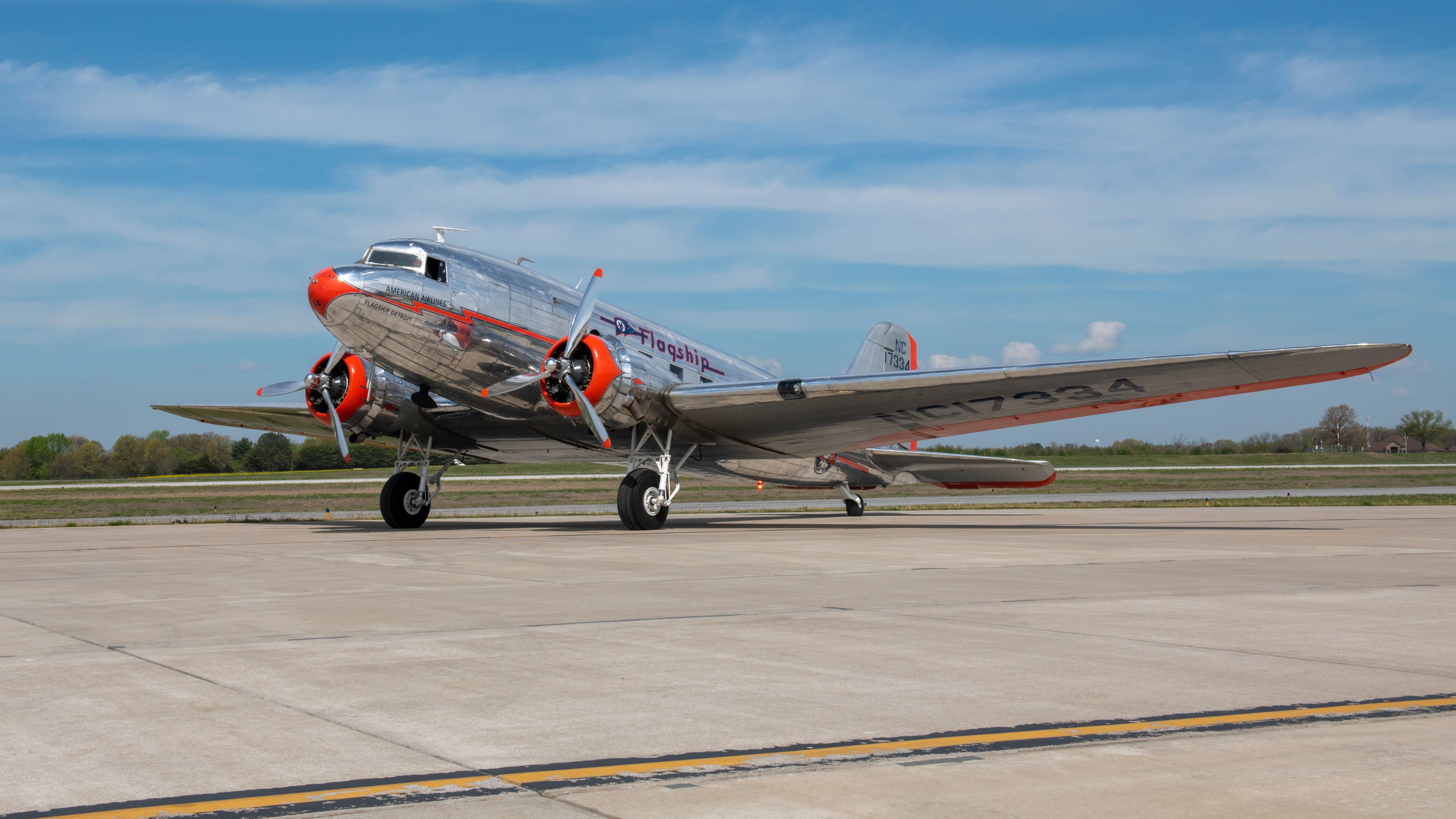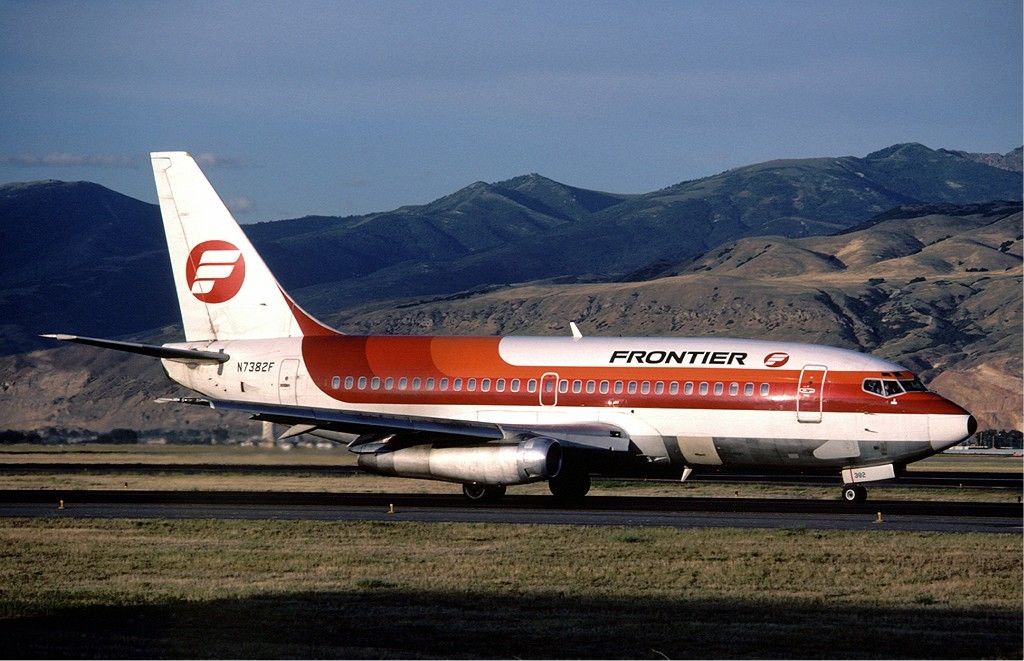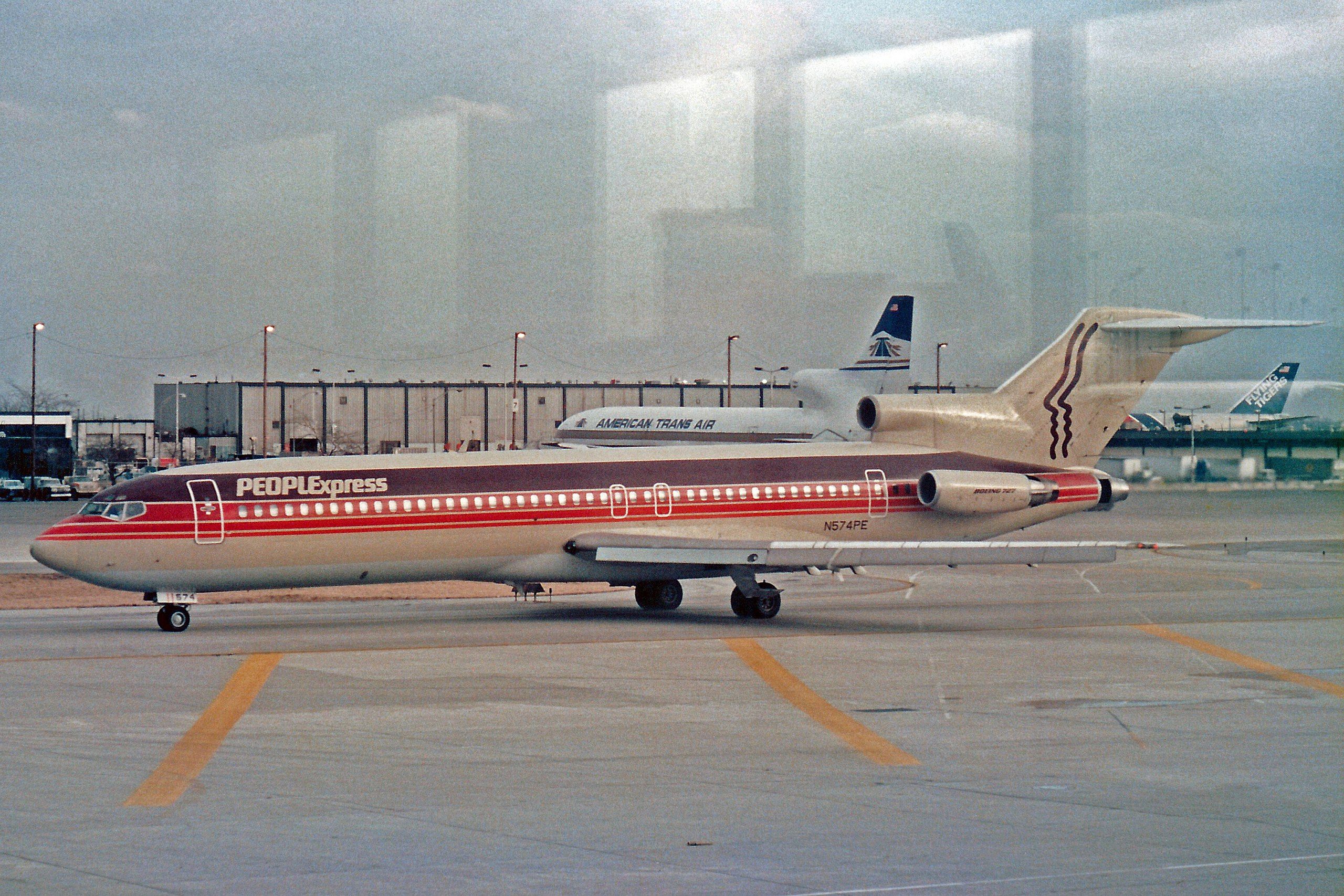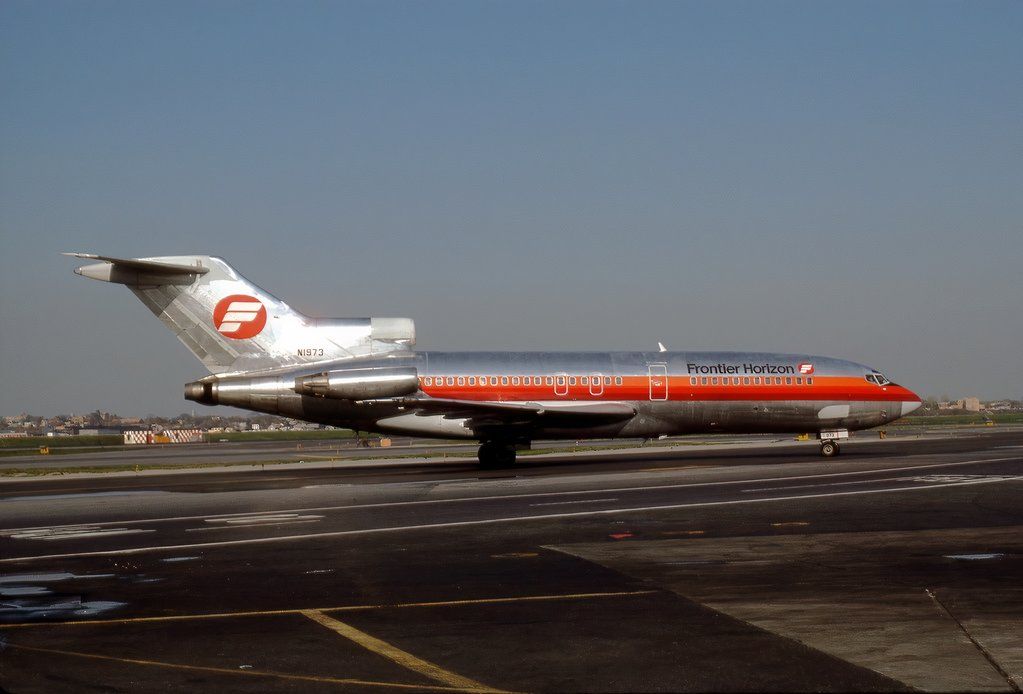Summary
- Frontier Airlines’ early years were highlighted by the introduction of the Douglas DC-3 and Convair CV-340/440 to foster western US connectivity.
- Fleet expansion in the 1960s and 1970s featured Boeing aircraft to enhance efficiency on a growing network with a focus on expanding domestic routes.
- Challenges in the 1980s led to Frontier Airlines’ downfall due to increased competition, rising fuel costs, labor disputes, failed mergers, and bankruptcy.
When most travelers think of Frontier Airlines today, they picture a (now-former) low-cost carrier with animal-themed tails. But this isn’t the first Frontier Airlines. The original Frontier, based in Denver, played an important part in connecting the Rocky Mountain region to the rest of the US market during the latter half of the 20th century. Let’s take a look back at the rise and fall of this airline and its role in American aviation.
Foundation and the early years
Frontier Airlines was founded on June 1, 1950, through the merger of Arizona Airways, Challenger Airlines, and Monarch Airlines. This new carrier quickly established itself as a key player in the western US, particularly in the Rocky Mountain region.
Photo: Chris Davidso Photography | Shutterstock
Frontier’s early fleet was built around their twelve Douglas DC-3s, which proved to be a reliable aircraft that was well-suited to the short-haul, local routes the airline initially served to about 40 different destinations across the region.
Aircraft used in the early days
- Douglas DC-3: The workhorse of Frontier’s early years, known for its durability and ability to operate from short runways in rugged terrain.
- Convair CV-340/440 and 580: Introduced to the Frontier fleet in 1959, these aircraft allowed Frontier to expand its route network with greater passenger capacity and range. By 1964, Frontier added the Convair 580 configuration to the fleet as well.
According to the Old Frontier Airlines website, these early years saw the airline grow steadily as it connected smaller cities in the western US to its hub in Denver, Colorado—Stapleton International Airport (the original DEN).
On January 29, 1973, Frontier Airlines hired its first black pilot, Bob Ashby, the only Tuskegee Airman to become a commercial passenger airline pilot, and the first female pilot for any modern-day US commercial airline the same day, Emily Howell Warner. Both pilots earned their captain’s wings several years later. — Old Frontier Airlines
Fleet growth and route expansion
As Frontier expanded, so did its fleet. The introduction of aircraft like the Boeing 727 and later the Boeing 737-200 allowed the airline to operate more efficiently on its growing network. By the 1960s, Frontier’s routes included major cities across the US, and in 1968, they flew to 100+ airports (second only to PanAm at the time).
Fleet overview at peak operations:
|
Aircraft Type |
Feet Size |
Notes |
|---|---|---|
|
Boeing 727-100, -200 |
5, 6 |
Flown primarily in the 1970s |
|
Boeing 737-200 |
60 |
Formed the core of the fleet until the airline’s closure |
|
McDonnell Douglas MD-80 Family |
22 |
Added in the 1980s for longer routes |
|
Convair CV-340/440, -580, -600 |
1, 32, 11 |
Key in the 1950s and 1960s, though many remained in the fleet into the 1980s |
|
Douglas DC-3 Family |
42 |
Central in the airline’s early operations |
According to ATDB.aero, Frontier operated a total of 179 aircraft over its lifespan, with the Boeing 737-200 being the most significant. This aircraft type was ideal for the airline’s operations, balancing range, capacity, and operating costs on Frontier’s domestic routes. In later years, de Havilland Canada DHC-6 Twin Otters and Beech 99s were added to serve destinations with too little passenger traffic for the Convair 580.
By the mid-1970s, Frontier had carved out a niche in the western United States, serving as a lifeline for many smaller communities that had never had airline connectivity prior (and several never did again after Frontier Airlines left). Its hub in Denver allowed it to operate a highly efficient network, connecting passengers to major cities like Los Angeles, Chicago, and New York.
Challenges arose in the 1980s
The 1980s brought significant challenges for Frontier Airlines. After the deregulation of the US airline industry in 1978, the airline faced increased competition from larger carriers. This, combined with rising fuel costs, put a strain on Frontier’s profitability and pushed it to the brink of bankruptcy.
Key challenges that led to the downfall
- Increased Competition: Major airlines entered markets that had been Frontier’s stronghold.
- Rising Fuel Costs: Operating older, less-efficient aircraft became more expensive.
- Labor Disputes: Labor agreements with Frontier’s unions became increasingly fraught as the employees’ union coalition struggled and ultimately failed to save the airline.
- Failed Mergers: A merger with People Express Airlines and subsequent acquisition by Continental Airlines could not prevent the shutdown of operations and Chapter 11 bankruptcy filing that followed.
According to The Deseret News, by the mid-1980s, Frontier was struggling to compete.
The airline’s management sought merger opportunities, but these efforts were ultimately unsuccessful as Frontier lost nearly $60 million in its final six months of operations and United Airlines was unable to come to an agreement with the Air Line Pilots Association regarding Frontier’s pilot salaries.
Frontier’s closure and the aftermath
Frontier Airlines finally ceased operations on August 24, 1986. The airline’s final flights were operated by its Boeing 737-200s and McDonnell Douglas MD-80s. According to Planespotters.net, many of Frontier’s jet aircraft were later absorbed by either Continental Airlines or United Airlines.
Photo: Jon Proctor | Wikimedia Commons
Frontier Horizion was founded as a low-cost, non-union subsidiary of Frontier Airlines in January 1984, but was largely resented and opposed by Frontier Airlines employees. This short-lived subsidiary ceased operations in April 1985.
Wrapping it up
The original Frontier Airlines was a key player in connecting the Rocky Mountain region to the rest of the country. Its story is a reflection of the challenges and changes faced in the airline industry during the 20th century.
While the original Frontier Airlines no longer operates, it did play an integral role in developing Denver as an aviation hub, a legacy that the current Frontier Airlines—launched in 1994—continues today.





